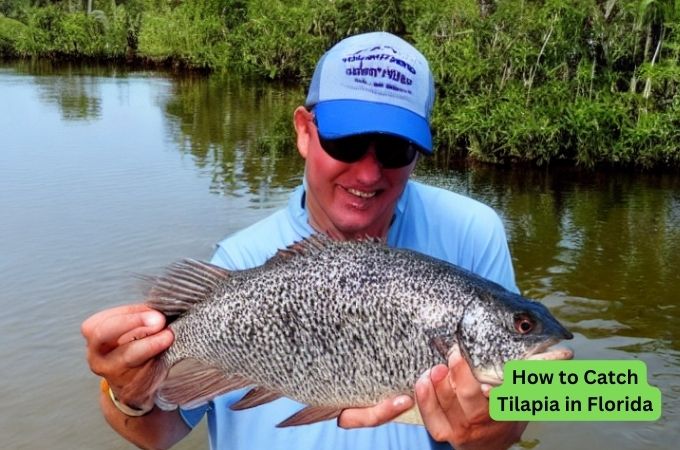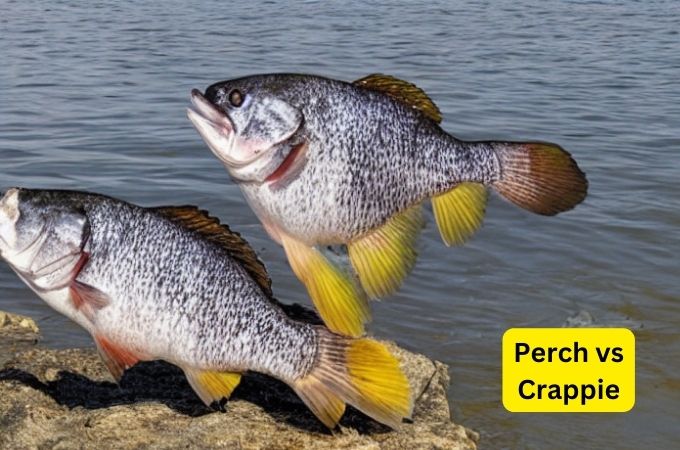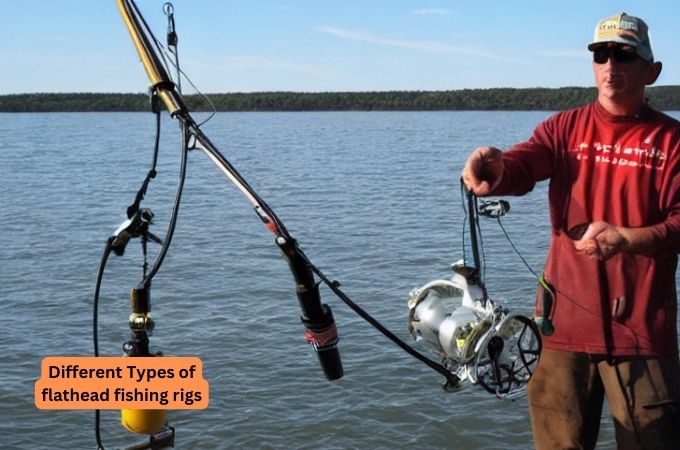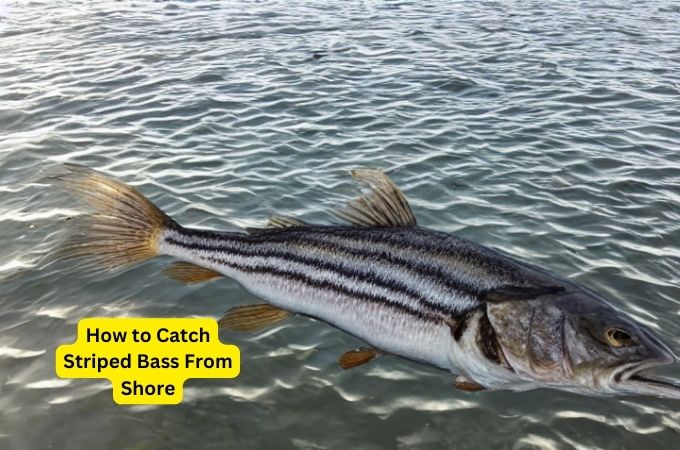white perch vs crappie | A Detailed Comparison
Today we discuss white perch vs crappie. If you’re an avid fisherman, then you know there is a variety of fish species out there ready to be caught. Two fish that have remarkable similarities are the white perch and crappie. Both are freshwater species found in many parts of the country with similar habitats and habits, creating a bit of misidentification between them. In this blog post, we will discuss their key differences so you can easily identify these popular catches next time you cast your line.
features of the sunfish family fish:
- The Sunfish family fish is known for their flattened, deep-bodied shape and large mouths. They have very small scales and a distinctive fleshy covering on the forehead.
- These fish are distinguished by their large eyes, which allow them to see prey in low-light conditions.
- Sunfish can migrate up to 500 miles each year in search of food and warmer temperatures, as well as eating any foods smaller than themselves such as zooplankton, insects, or small fish.
- The species is unique due to its ability to survive both saltwater and freshwater environments; making it an ideal choice for aquariums.
white perch vs crappie
Crappie and white perch are two of the sunfish family, but their similarities stop there. These fish may differ significantly in size, coloration, preferred habitats – even diet!
White perch tend to be larger than crappies, reaching lengths of up to 14 inches (35 cm). They have silvery scales with a greenish-bronze back and usually have black spots scattered over their sides. White perch typically live in brackish or saltwater habitats like estuaries, bays, and rivers. The fish feed on crustaceans, mollusks, small invertebrates, and other fish.
If you’re looking for a mild-tasting fish with plenty of versatility, white perch is a great option. On the other hand, if you want a sweeter-tasting fish that’s perfect for frying, go with a crappie.
Crappies are smaller than white perch, growing to an average length of 8-10 inches (20-25 cm). They have dark bodies with a silvery shimmer and often feature vertical bars along the sides. Crappies are found in both clear, deep lakes and shallow ponds, where they feed on insects, small crustaceans, and small fishes like minnows.
on the whole, white perch tend to be larger than crappies, live in salt or brackish water habitats, and eat a variety of invertebrates as well as other fish. Meanwhile, crappies are smaller, inhabit freshwater bodies of varying depths, and feed mostly on aquatic insects and small crustaceans. Both species make popular game fish that can provide good fishing experiences for anglers.
Identifying a white perch:
White perch can be identified by their elongated and compressed body shape, dark olive-green to brownish coloration on the back, silvery sides, and white belly. They have two dorsal fins that are completely connected and a forked caudal fin. White perch also have small scales and black bands across their eyes.
Identifying crappie:
Crappies can be identified by their elongated body shape, dark spots on the upper portion of their body and dorsal fin, and iridescent silver sheen. They also have large eyes with a white or silvery-green coloration on their lower fins. The most defining characteristic is the two rows of spines along the top of their head.
the main differences between white perch and crappie:
White perch are larger than crappie, growing up to 15 inches in length compared to a maximum of 10 inches for crappie. White perch also have more spines on their dorsal fins (six vs five) and lack the dark vertical stripes that run along the sides of crappie.
Moreover, white perch have smaller mouths and scales than crappie. White perch are also more tolerant of brackish water than crappie, making them a popular gamefish in estuaries. Finally, white perch feed on mostly small fish whereas crappie feeds mainly on insects and other invertebrates.
the difference in taste between a white perch and a crappie fillet:
White perch have a mild, sweet flavor while crappie fillets have a strong, earthy flavor. White perch tend to be flakier and sweeter than crappie, which can sometimes be tough and bony. The texture of white perch is firm yet delicate, making it great for pan-frying, baking, and steaming.
Crappie fillets are best for deep frying or broiling due to their thicker flesh and stronger flavor. Both types of fish can be found in a variety of freshwater habitats, from lakes to rivers and ponds. Depending on the season, size, and location, both white perch and crappies can offer an enjoyable, versatile dining experience.
With white perch and crappie fillets, you’re sure to find a dish that’s both delicious and nutritious no matter what your occasion.
the problem with white perch:
White perch are an invasive species that can cause significant damage to aquatic environments. They can outcompete native fish for food and habitat, as well as introduce diseases and parasites to new areas. Their rapid reproduction rate makes them difficult to manage or control. It is important to be aware of white perch and take steps to reduce their spread and impact on local ecosystems.
faqs for white perch vs crappie:
No, white perch and crappie are not the same. White perch is a freshwater fish found along the Atlantic coast of North America, while crappie is a species of sunfish native to many parts of North America. They have different physical characteristics and can be easily distinguished from one another.
No, crappie is not a perch. The Crappie (sometimes called White Perch or Calico Bass) is a species of sunfish that are popular with anglers. They are native to North America and can be found in many lakes, streams, and rivers across the continent.
Perch, on the other hand, are members of the Percidae family, which includes several species of freshwater fish found in temperate waters. They have long bodies with two dorsal fins and can be identified by their yellowish-green coloration and black vertical stripes.
Another name for white perch is silver perch.
The best-tasting perch is the yellow or walleye perch. It has a mild, sweet flavor and firm texture that make it a great choice for eating. Other types of perch can also be delicious depending on how they are cooked. you should Try different cooking methods to find the method that gives you the best taste.
The best bait for white perch is minnows, worms, or small pieces of cut bait. Artificial lures such as jigs and spinners can also be effective. live shrimp can be an excellent choice when fishing for white perch.
White perch are usually found in shallow, slow-moving waters near vegetation and structure such as logs, rocks, or overhangs. They can also be found in deeper water during the summer months.
The best way to catch white perch or crappie is with lures, as they are attracted by movement. Anglers can use artificial jigs, spinners, and crankbaits to attract these fish. Bait such as worms or minnows also works well for catching crappies and perch.
To clean and cook a white perch or crappie filet, first, rinse the filet in cold water. Then use a sharp knife to fillet the fish, removing any skin and bones. Once the filet is cleaned, season it with salt, pepper, garlic powder, and other desired spices. Place on an oiled baking sheet and bake in an oven preheated to 375F for 15-20 minutes.
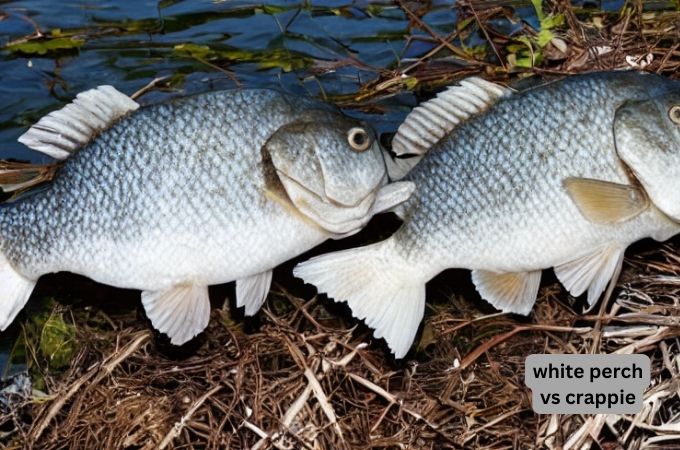
final words:
So, there you have it—a head-to-head comparison of white perch vs crappie. Both fish are delicious and popular options for many anglers across the country. In terms of taste, appearance, and size, both species offer a lot to enjoy. When it comes to popularity, however, crappie seems to take the cake. What do you think? Have you had a chance to try both fish? Let us know in the comments below!

